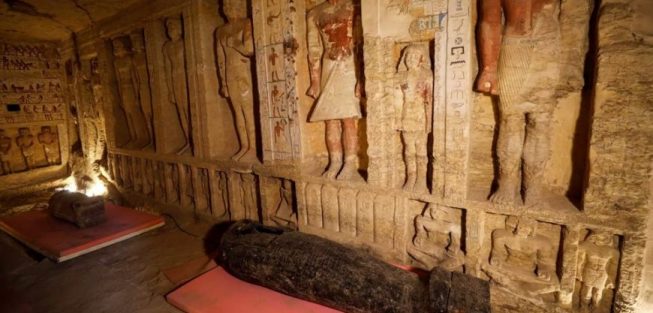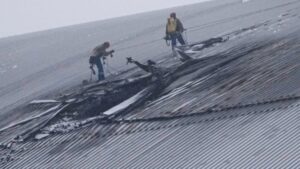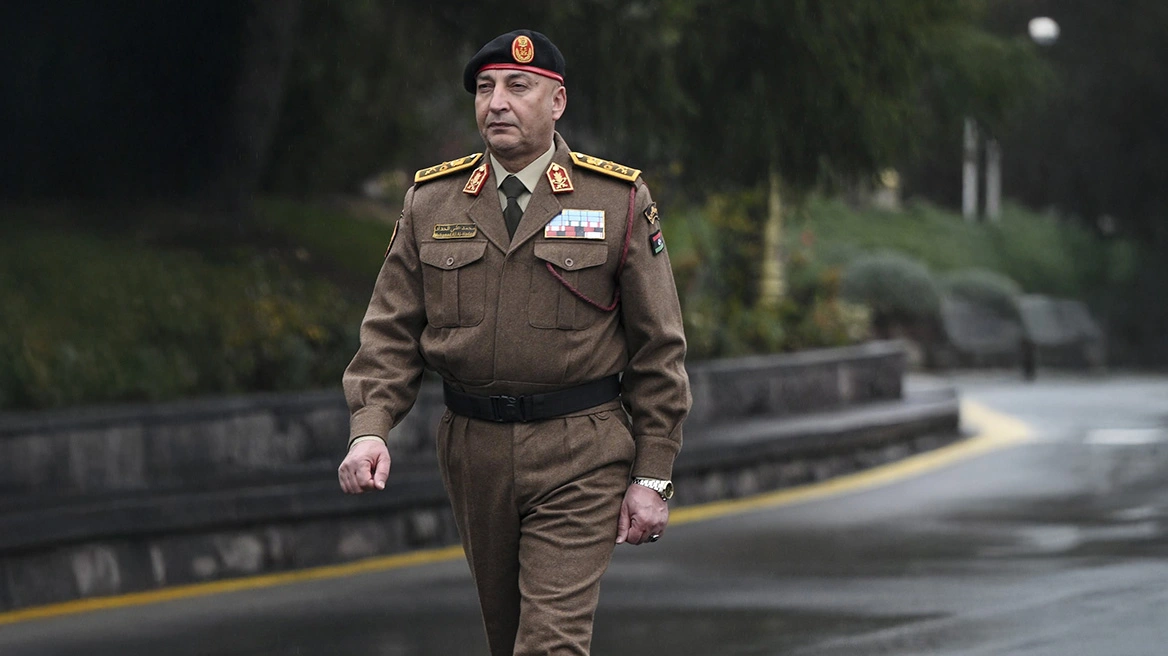Egypt recently uncovered a significant archaeological discovery that sheds light on secrets in the Saqqara necropolis south of Cairo and on the 18th and 19th Egyptian dynasties.
The unearthed artifacts are a major find that could turn the ancient burial site into a major tourist and cultural destination and revise our understanding of region during the New Kingdom era under King Teti, the first pharaoh of Egypt’s Sixth Dynasty. The burial sites being excavated are around his pyramid.
Prominent archeologist Zahi Hawass told reporters at the Saqqara site on Jan. 17 that the joint Egyptian mission of researchers from the Supreme Council of Antiquities and the Zahi Hawass Institute of Egyptology, unearthed the funerary temple of Queen Nearti, the wife of King Teti, near the pyramid of her husband.
The mission also found plans for the temple’s construction and three warehouse-like structures built of mud bricks in the southeast side of the funerary temple, used for storing ritual offerings to the deities.
Turkey Uighurs fear sellout to China in exchange for vaccine
NASA maps confirm that the myth of Odysseus actually existed
In addition, 52 burial wells were found, with depths ranging from 10 to 12 meters and containing more than 50 wooden coffins dating back some 3,000 years during the New Kingdom period — a discovery unprecedented in the Saqqara area.
The sarcophagi are carved into human form and bear paintings of several gods as well as funerary writings from the Book of the Dead, which is said to be a guide for the deceased in their journey to the other world.
Ask me anything
Explore related questions





